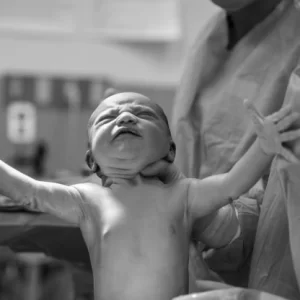
We’re thrilled to announce that Rhea Dempsey (renowned counsellor, best selling author and childbirth educator) is offering a wonderful free event to all practitioners about understanding contemporary birth culture and its impact on birth experience.
Register your spot for this free 45 minute webinar with Rhea Dempsey, going live on Wednesday July 27, 2022 at 4pm AEST.
“I hear far too often of the dismay you feel as a practitioner when the pregnant woman, whose body and being you have been treating and preparing for birth returns with a distressing birth story. A birth story filled with interventions and just-in-time emergencies, leading to distress and trauma – and you wonder what on earth happened?
In this free 45-minute webinar I will introduce you to the key structural factors in contemporary birth culture that hijack so many women’s birth dreams and leave you puzzled.”
Rhea Dempsey
This webinar is open to all health professionals
In particular, this webinar is for those counsellors, psychologists, naturopaths, acupuncturists, doctors, birth workers and all supporting practitioners who are integral to the healthcare team of patients moving through pregnancy, birth and the postpartum period.
You’re most welcome to register for this event. Please share it with any colleagues you believe would also benefit.
Rhea’s classes and workshops have long been held in high regard by practitioners and patients alike. She has been doing incredible work in the birth space for decades and we’ve no doubt you’re already a raving fan (as we are).
We are honoured to be launching this digital offering with Rhea and creating a reservoir of her wisdom for people to access. It will feature in the Fertile Ground Legacy Series – an initiative we are creating to translate the decades of collective wisdom that Fertile Ground practitioners have amassed, because we want to ensure that this important knowledge is passed on to you and the next generation of practitioners to come.
Looking forward to seeing you there.
Warmly,
Charmaine Dennis & Carly Woods
Directors | Naturopaths
Fertile Ground Health Group
www.fertileground.com.au
Facebook & Instagram
a: 33 Smith Street, Fitzroy
(03) 9419 9988
PS – Register now for the Free Webinar with Rhea Dempsey – going live Wednesday, July 27 at 4pm.





